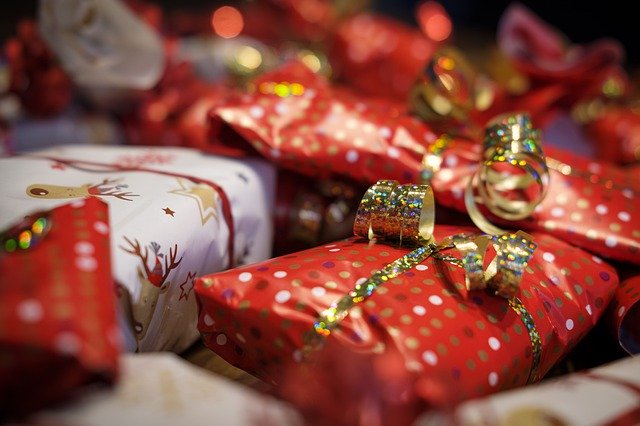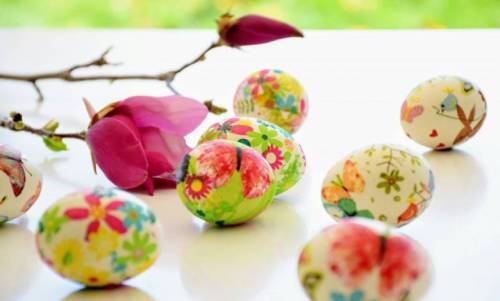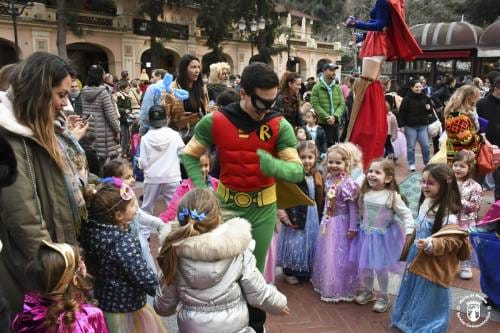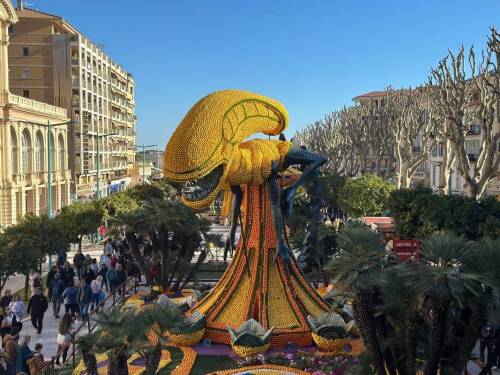Christmas is already on the door step. Planning Christmas holidays you need to take a look at the traditions of this holiday.
For over seven centuries, Monaco has created its own traditions, carefully observed by Monegasque families. Most of these traditions are related to religious holidays, including the celebration of Christmas.
In Monaco, Christmas Eve brings the entire family together. With festive decor illuminating the entire Principality, and specialty foods on offer, it’s a perfect opportunity to share warm moments with your loved ones.
Pan de Natale
The Pan de Natale is a one of the oldest Monegasque traditions, specially consecrated during Christmas Mass. A round, sweet bread with four to seven hazelnuts and an olive branch stacked in the form of a cross is a must for the Christmas table. The Pan de Natale is traditionally blessed by the head of the family, as well as during Midnight Mass at the Cathedral on Christmas Eve. At the end of the Mass, during the Offering, the Archbishop of Monaco symbolically blesses all the breads that will be shared at family tables that evening or during Christmas dinner.

Like many ancient traditions, it has been at risk of «extinction». However, the Monaco Committee on Traditions is trying to revive it in cooperation with local bakeries, selling this special sweet bread a few days before Christmas. The tradition of the Pan de Natale is one of the main foundations of the Monegasque identity and by hosting the Pan de Natale in Town Hall, the Communal Council renews its attachment to Monegasque traditions.
Olive Branch Blessing
Another ancient Christmas tradition involves an olive branch: the olive branch blessing. Before sitting down to a traditional Christmas table, the youngest or the oldest guest would dip an olive branch into a glass of wine, go up to the fireplace and make a prayer and the sign of a cross. All the other guests would then drink their wine and sit down to the bountiful table, both refined and generous. And no Monegasque Christmas feast would be complete without turkey and foie gras!
Chocolate, white and black hazelnut nougat, pine nuts and pistachios are also on the table for the children’s delight. Traditional entertainment included raffles and other games.
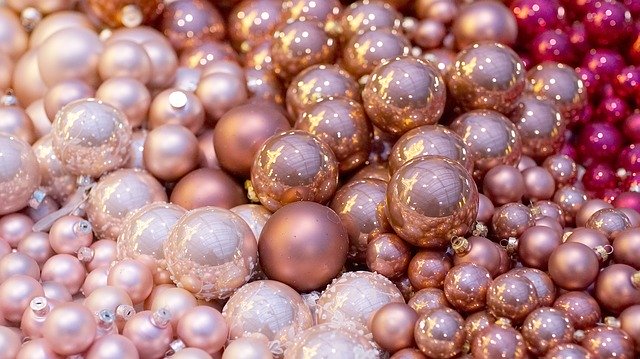
Thirteen Desserts
Another interesting Christmas tradition is that of thirteen desserts, served in honour of Jesus Christ and his twelve apostles. One of them would be the «4 beggars», symbolizing different Catholic orders bound by a vow of poverty: Hazelnuts and walnuts for the Augustinians; dried figs for the Franciscans; almonds for the Carmelites and raisins for the Dominicans. The main dessert, however, is «La Pompe», a type of sweet focaccia made with flour, olive oil, sugar, and orange flower essence. Traditionally, it is not cut with a knife, but broken by hand, just as Christ broke his bread. If it is done in any other way, it is said that financial ruin is to be expected in the coming year.
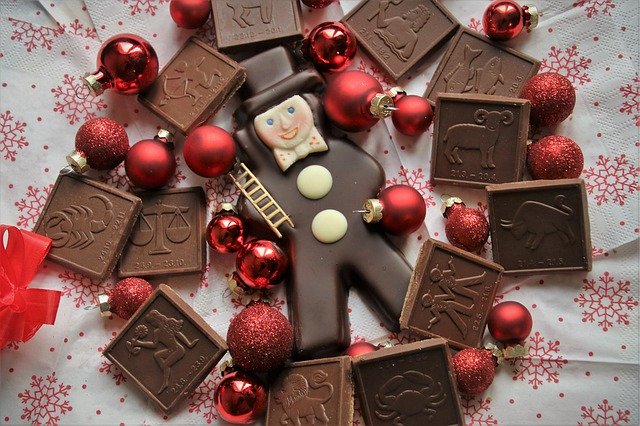
The 13 desserts are particularly popular in Provence. Here is how Marie Gasquet describes the Provencal Christmas dinner in her novel, Childhood in Provence: «It has to be thirteen desserts, thirteen plates full of sweets – twelve of them filled with fruits from the fields and gardens, and the thirteenth, the most beautiful, full of dates to the brim».
Merry Christmas!



